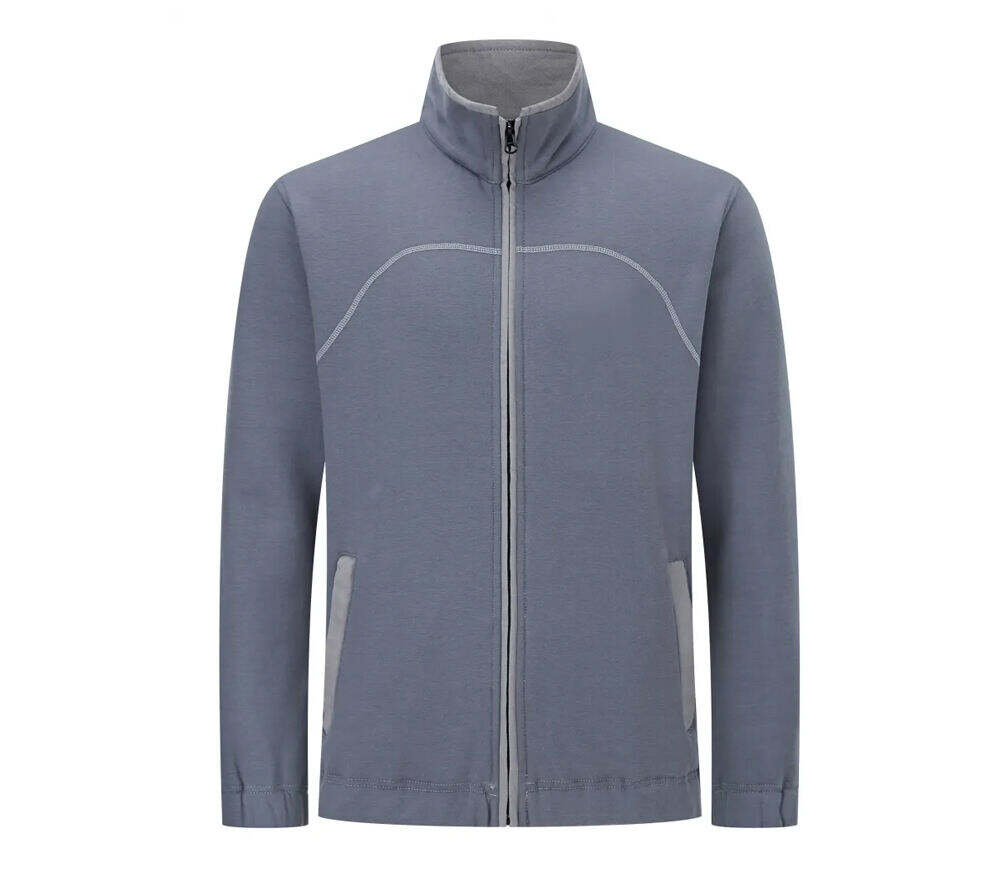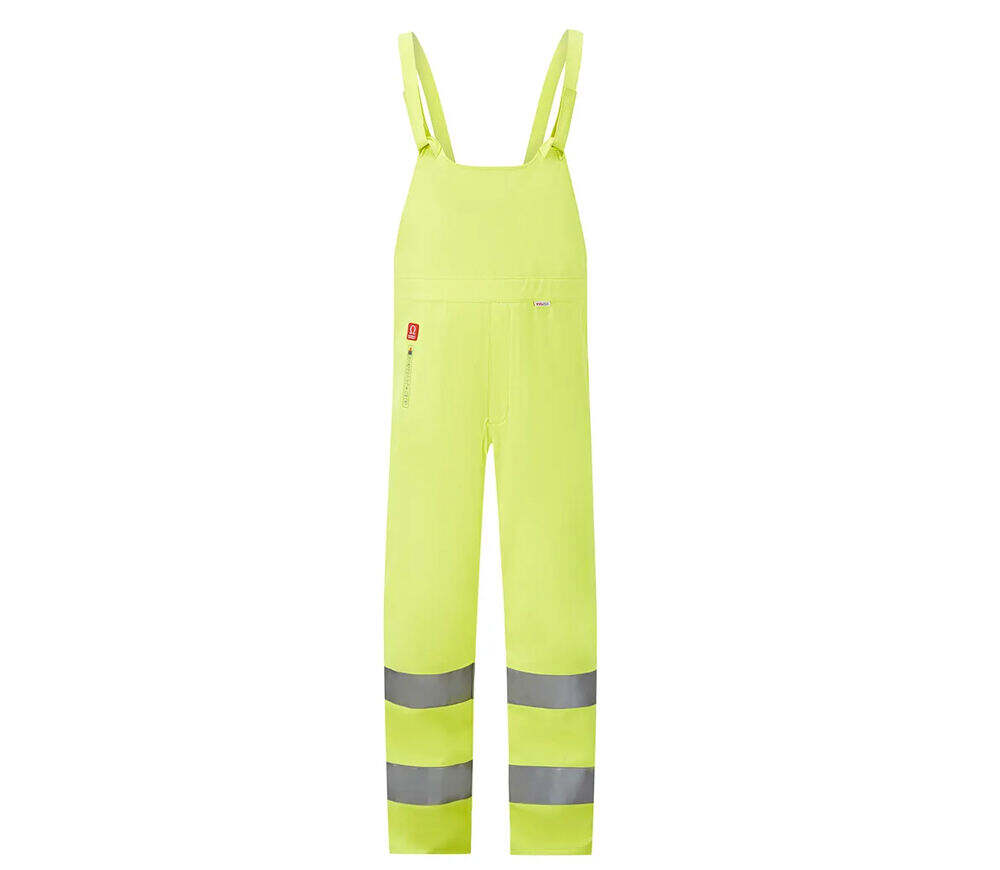In industries where arc flash hazards are present, adhering to industry - standard arc flash gear is essential for ensuring the safety of workers. Industry standards provide guidelines and requirements for the design, construction, performance, and use of arc - flash protective equipment, helping to minimize the risk of injuries and fatalities in the event of an arc flash incident.
One of the most well - known industry standards for arc flash gear is the National Fire Protection Association (NFPA) 70E standard in the United States. NFPA 70E provides comprehensive guidelines for electrical safety in the workplace, including requirements for arc - flash hazard analysis, selection of appropriate personal protective equipment (PPE), and safe work practices. The standard specifies the minimum arc ratings for different types of arc flash gear based on the potential arc flash energy in the workplace. It also covers aspects such as the design and labeling of arc - flash protective clothing, the use of face shields and hoods, and the training requirements for workers.
The International Electrotechnical Commission (IEC) also has standards related to arc flash protection, such as IEC 61482. These standards are widely recognized and used globally and provide similar requirements for arc - flash protective clothing and equipment. They focus on aspects such as the arc thermal performance value (ATPV) and the energy breakopen threshold (EBT) of the materials used in arc flash gear, which are measures of the gear's ability to protect against the thermal energy of an arc flash.
Industry - standard arc flash gear is designed and manufactured to meet or exceed these safety standards. It is made from high - quality, flame - resistant materials that have been rigorously tested to ensure their effectiveness in protecting against arc flash hazards. The materials used are often a blend of inherently fire - retardant fibers, such as aramid and modacrylic, which offer excellent heat and flame resistance. The construction of the gear is also important, with features such as double - stitched seams, reinforced areas, and durable fasteners to ensure its durability and reliability.
Arc flash gear that meets industry standards includes a range of items, such as arc - flash suits, jackets, shirts, pants, coveralls, hoods, gloves, and face shields. Each item is designed to provide a specific level of protection based on the potential arc flash energy. For example, arc - flash suits with higher arc ratings are used for high - risk tasks, while jackets and coveralls with lower arc ratings may be suitable for less hazardous tasks. Hoods and face shields are essential for protecting the head, face, and eyes from the intense heat, light, and debris generated by an arc flash.
In addition to the gear itself, industry standards also emphasize the importance of proper training for workers. Workers should be trained on the hazards of arc flash, how to select and use the appropriate arc flash gear, and how to inspect and maintain the gear. They should also be aware of the limitations of the gear and the importance of following safe work practices to minimize the risk of arc flash incidents.
Employers are responsible for ensuring that their workers are equipped with industry - standard arc flash gear and that they receive the necessary training. Regular inspections of the gear should be carried out to check for any damage or wear and tear, and any damaged gear should be repaired or replaced immediately.
In conclusion, industry - standard arc flash gear is a crucial component of electrical safety in industries with arc flash hazards. By adhering to these standards, employers can help protect their workers from the severe dangers of arc flash incidents and create a safer work environment.


